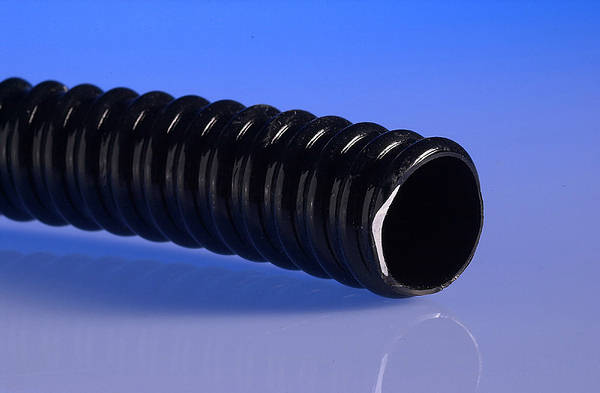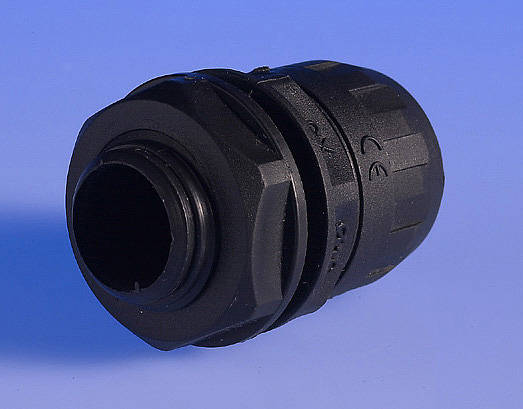Why would it make it harder to seal with 2 cables?
That was on the basis of the cable going into the bottom of the socket enclosure - you can't get 2 cables into one gland.
I was planning on taking cable straight thru wall and into the back of the socket, so it looks neater, rather than seeing the cable come out of the wall then go into the bottom of the socket.
It's harder to seal it that way. With cables entering the bottom gravity does 99.9% of the work.
There's no problem doing this I assume, as there are the knockouts on the socket to do this.
You'll probably find that the maker no longer guarantees the IP rating if you use the rear knockouts.
If the wall is nice and smooth then you'll probably be able to get a pretty good seal if you bed the whole thing into a layer of silicone. Make sure you open up the drain holes in the bottom of the box though, just in case.
If you want the best in appearance you can get flush boxes for Masterseal accessories - more work to install, of course, but they do look neater and you've got a bigger surface area to take silicone sealant, and the cable entry holes won't be in the direct firing line of the rain.
Looked at a few sockets, and I there seems 2 types, ones that are watertight when shut, but not whilst being used, and ones that are waterproof even when something is plugged in. I assume the latter is for things like water features that are always plugged in, and the former for the occasional lawn mower, strimmer, radio to annoy neighbours on sunny days etc! If so this is personal preference I guess.
Masterseal are well made, as well as remaining IP rated with a plug in. Their other products may have gone off the boil, but if you were to do a poll here I'm sure they'd come out #1.
From a wiring point of view, to run from the CU, then into socket 1 (which will be the external weatherproof one), then out of socket 1 to socket 2 (inside garage, existing) etc, there is no real difference by running from CU, then splitting this by using a JB, one cable going to socket 1, and the other cable going to socket 2...?? The only advantage I guess is that one method you would have 2 cables going in, and the other method you only have 1.
Fewer cables through the wall means a smaller hole, but if you're going in through the rear then you won't be using a gland and the 20mm KO will take 2 cables anyway.
I guess you could chip out a recess in the wall to allow a gland to be fitted though - then you could use flexible conduit through the wall and up to the level of the cables.
Quod vide.
As it is brand new house, then not sure if there is separate certificate for wiring or not??
There should be a certificate for all of the wiring, including the garage - that will confirm that the garage circuits were properly done.
I checked the CU in the garage and it doesn't have RCD's. I am guessing then, until I check, that the garage CU is wired from the main house CU and has an RCD in there.
Let's hope so.
If so, would changing the fuse in the garage to an RCD be over the top, and uneccessary?
Have you really got fuses in the garage CU?

Anyway - whatever you have you don't change them for RCDs. RCBOs possibly, but RCDs don't provide any overcurrent protection. If there is RCD protection upstream in the house CU you don't want a 2nd device in the garage CU.
Are these easy to change,
Depends on the design of the CU, and what device(s) you want and can get.
Appropriate device(s) and to notify your LABC in advance.
Is it just twin and earth but formed in a round section instead of the usual flat?
Is what?



